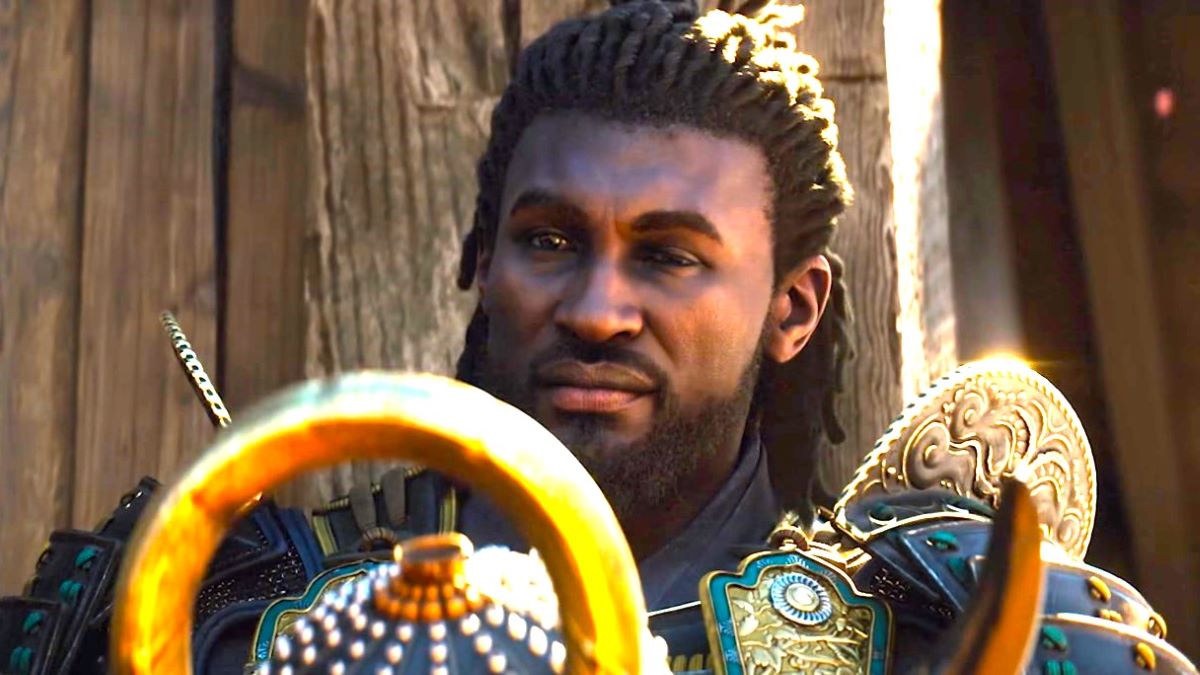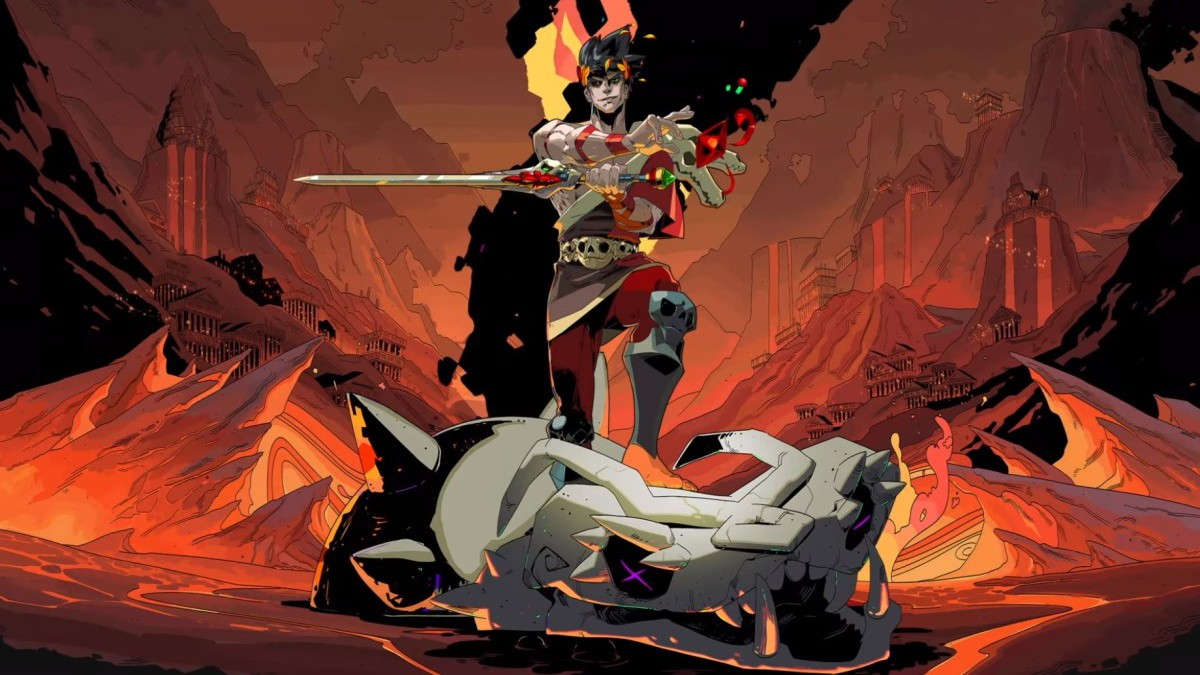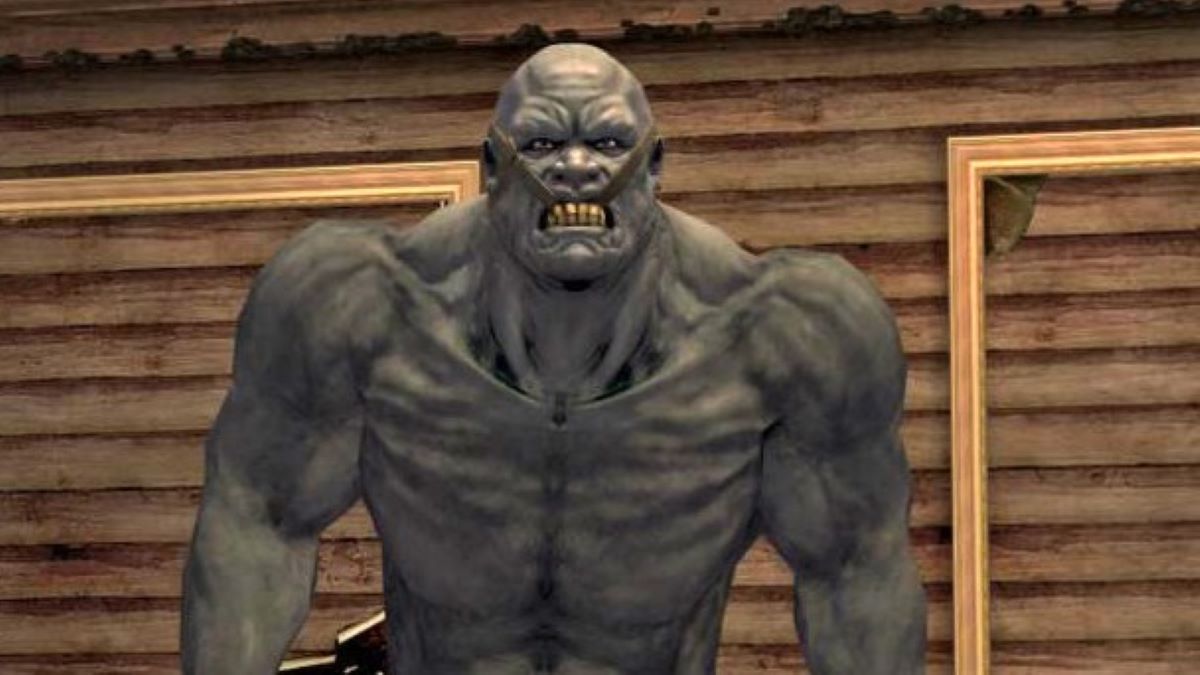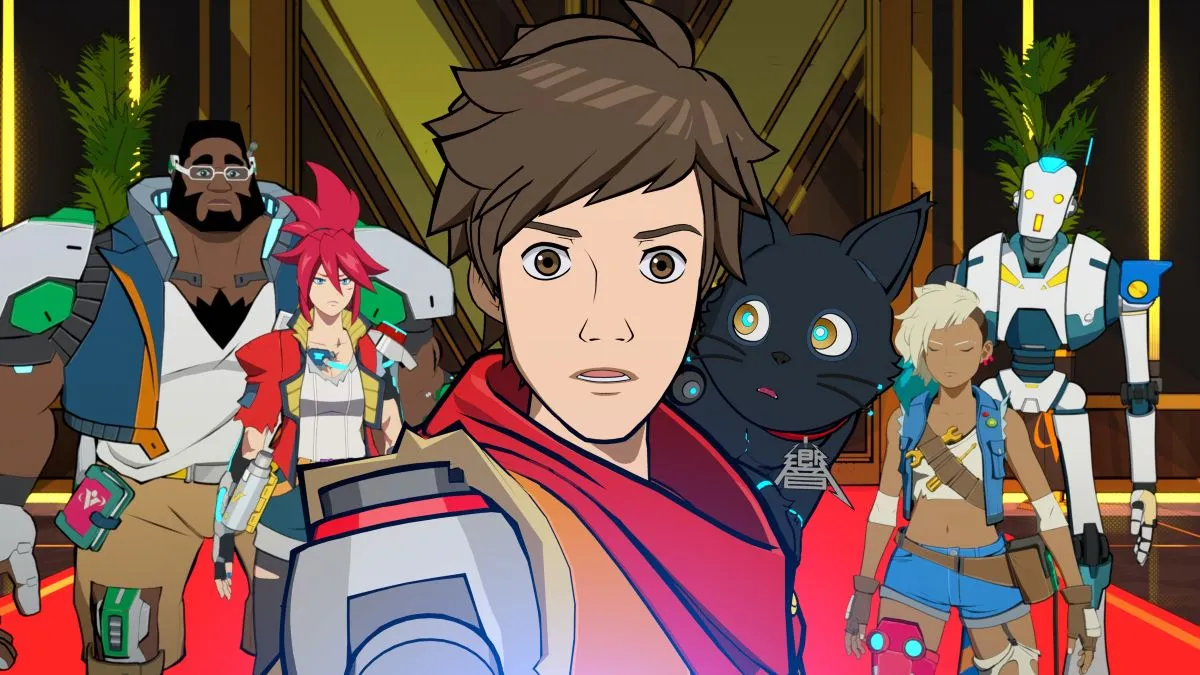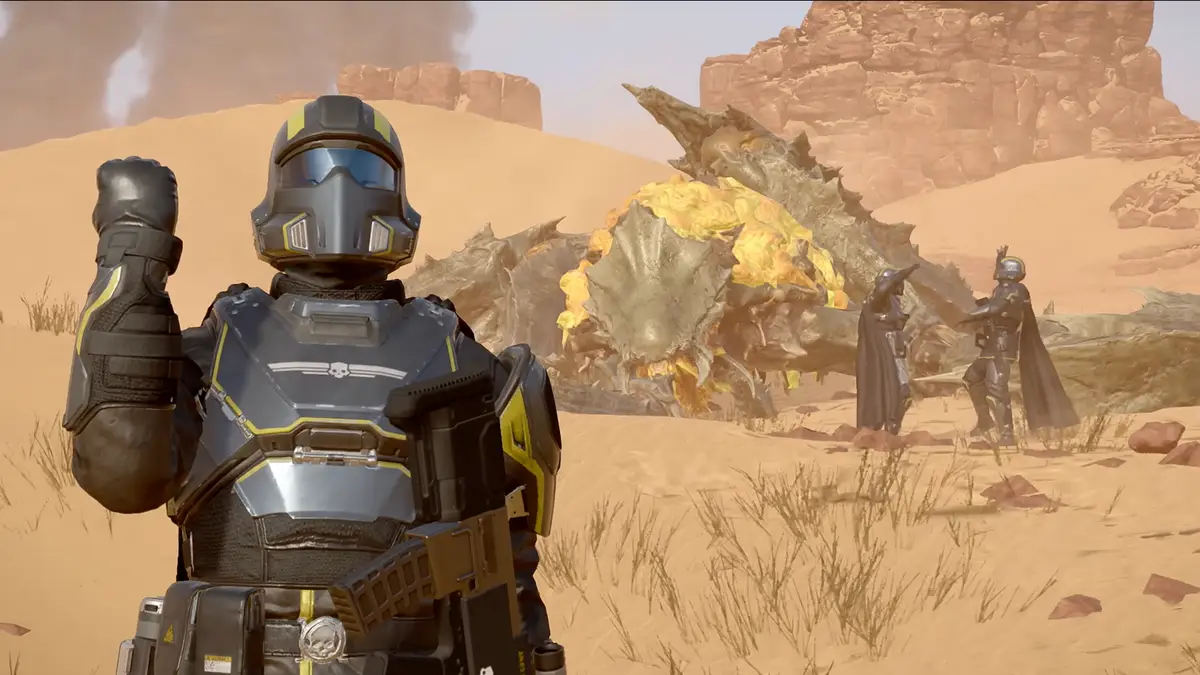
In my ongoing introduction to the world of Japanese gaming, I’ve come to learn that if it looks like an anime, chances are it will fall into the usual anime trappings. This isn’t always a bad thing, and anime wouldn’t be so popular if it weren’t doing something right. Unfortunately, sometimes consistent issues in the genre can rear their ugly head in an otherwise wonderful product.
In Lost Dimension, a gigantic tower has appeared above a heavily populated city just as the apocalypse begins, and a white-haired ponce literally named The End announces that he has arrived to bring about Earth’s destruction. The UN constructs a team of eleven psychics to be sent into the tower to defeat The End before he obliterates the world, but once inside, he reveals himself and announces that a traitor is among them. To progress, the team must root out and “erase” the traitor between floors of the tower. With that, he whisks away to the top of the tower and waits for the heroes arrival.
That may be the simplest explanation I can give, but if you’ve ever been exposed to anime, you know what to expect: melodrama, endless plot twists, a good helping of confusion and, of course, amnesia. While the race to get to the peak of the tower and defeat The End is compelling enough, Lost Dimension truly shines when it focuses on gameplay and characters rather than plot.
Similar to Valkyria Chronicles, battles are turn-based but with plenty of movement involved. You take a team of six party members into the field and choose their starting position. From there, each character takes a turn moving within a circle of allowed space, then either attacking, using their Gift as a special attack, using items or using a mechanic called Defer. This allows a character to forfeit the rest of their turn in order to give someone who has already moved a second turn.
Lost Dimension earns brownie points right off the bat for featuring a simple interface and easy to learn gameplay that offers depth without being difficult to understand. Both enemies and allies can counter an attack if they are within range of their attacker, making melee battles a risky option. However, allies within range of a target can assist you, so ganging up on a target also becomes a viable option. Much of the strategy comes from finding a way to attack enemies from enough of a distance to avoid being countered while still being close enough to utilize your allies.

Each character has three stats to keep an eye on in battle: traditional HP, GP, which functions sort of like MP and allows you to use your Gift, and Sanity. Sanity slowly drains as you use special attacks and take damage, and if it reaches zero, that character goes crazy. They attack both friend and foe, but they also become stronger. This affects the rest of the group as well, causing them to become afraid and lose their sanity at a quicker pace. It’s a bad situation to be in, but it definitely livens up heated battles.
If this all sounds complicated on paper, I promise that it makes much more sense in the field. It feels fantastic to learn how to utilize each of your psychics’ gifts so that you make a complementary team. Earning a win in the battlefield nets you experience, items and EN, the game’s currency used to upgrade weapons and purchase items. Any characters left behind earn experience as well, albeit slightly less. Each character has their own complex upgrade tree which branches into different powers, adding to the depth of possibilities available in each playthrough.
Outside of battle, socializing with your fellow psychics is priority. Between each battle you are given the opportunity to talk with your members of your party, and the first two you talk to will become more friendly towards you. After that, the rest is idle chit chat, but it serves to give you insight into your characters stories, while also creating bonds of trust. Team members who trust each other are more willing to assist in the field, while those who are wary of others might not.
This is where the threat of a traitor comes in. Sho, the protagonist, is able to hear snippets of thoughts from his fellow psychics, and he is able to figure out who the traitor is by listening to their thoughts after going into battle alongside them. Some story quests will offer a rare Vision Point, which can be used to probe the mind of a suspect, but not enough are given to check on every single lead.
Before moving on to the next floor, the group must hold a vote to decide who the traitor is, and it’s up to Sho to convince the allies he’s friendly with to trust him and follow his vote when he points out a traitor. While this brings to mind comparisons to the excellent Danganronpa series, deciding a vote isn’t nearly as intensive as those trials were.

Once a character is erased for good, they’re abilities are morphed into a small chip that can be carried by a surviving psychic, allowing them to utilize the erased’s abilities. If the traitor is the one erased, the game goes on as normal, but if it is an innocent, then the traitor can turn on you in the heat of battle and make progress extremely difficult at precisely the wrong moment.
Because Lost Dimension presents an interesting and sympathetic cast of characters, it becomes demoralizing to watch your favorites transpire to tear the group apart. Spending time conversing with a psychic and investing in their history makes their eventual betrayal and erasure all the more painful to witness.
Unfortunately, a few of the numerous elements that make up Lost Dimension‘s hodgepodge approach aren’t fleshed out quite as much as they could be. Since traitors are always chosen at random for each floor, it can be odd to have someone who was completely by your side suddenly change on a dime. The fact that the trust and friendship built between Sho and other characters doesn’t affect whether they become a traitor or not is a bit of a shame, especially since it could introduce the chance to talk them out of it or some other option.
Lost Dimension practically begs to be played through multiple times, with New Game + mode offering another run through with more randomized traitors and new plot elements being introduced. However, the first playthrough takes up to 30 hours, and slogging through the same missions just to add even more twists and turn to the convoluted plot isn’t an exciting prospect immediately after completing it once.
If you couldn’t tell from the length of this review, Lost Dimension is a surprisingly deep experience that offers a ton of great ideas that might not be explored to their full potential but are still engrossing enough to pull you through the lackluster story. The ending will probably leave you with your jaw dropped for all the wrong reasons, and working through the story again for the true ending might be asking a bit too much unless you take some time off in between playthroughs.
As a game, though, Lost Dimension is a ton of fun to play through, and it’s packed with enough interesting (if not slightly stereotypical) characters that you’ll be dying to figure out who’s a traitor and who can be relied on. Even though the story falls into anime cliche and melodrama far too often, it’s easy to sit back and enjoy the interesting characters and deep, entertaining combat.
This review is based on a PlayStation 3 version of the game, which was given to us for review purposes.


